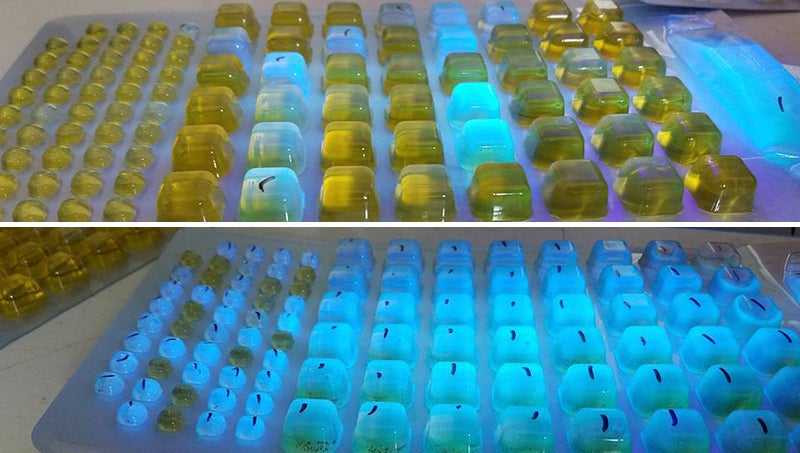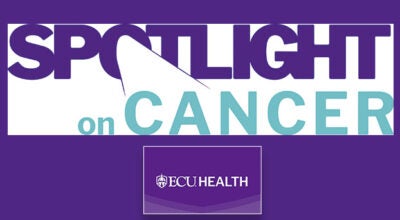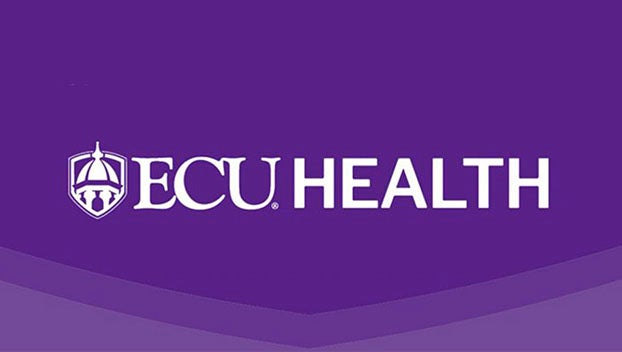Bacteria at high levels in immediate aftermath of hurricane
Published 7:07 pm Tuesday, September 10, 2019

- BEFORE AND AFTER: Before Hurricane Dorian rain and storm surge, samples from the Washington waterfront had very low numbers of E. coli (top). Samples post-Dorian, however, glowed blue under a black light (bottom). Water mixed with re-agent then incubated glows neon blue with the presence of E. coli. (Sound Rivers)
Test results confirmed high levels of the bacteria E. coli in local waterways in the immediate aftermath of Florence.
“We collected samples on Friday afternoon at a number of spots, including Mason’s Landing (Tranters Creek), Port Terminal and Town Common in Greenville, the Washington waterfront and Chicod Creek,” said Jill Howell, the Tar-Pamlico riverkeeper. “It just reinforces what (North Carolina Department of Environmental Quality) said about staying out of the waters.”
Howell said Sound Rivers staff chose to sample areas used recreationally and where the public has a greater chance of being in contact with the water, with the exception of Chicod Creek, which was sampled to determine if hog facilities in the area had an impact on water quality.
In some locations, staff was able to sample water on the Thursday morning before Hurricane Dorian hit that night, then again on Friday after the storm had passed.
E. coli is measured in colony forming units, or cfu, per 100 milliliters. Water is considered safe for recreational purposes by state and federal standards if cfu measures below 235. High levels of E. coli can be associated with gastrointestinal illnesses and skin infections.
An example of the impact a hurricane’s rain and storm surge was found on the Washington waterfront this week. A sample taken Thursday morning before Dorian’s arrival measured 7.4 cfu per 100 milliliters, well below the failure number. By Friday afternoon, post-storm, that number had risen to 770.1 cfu per 100 milliliters, nearly three times the failure number. Even then, the Washington waterfront measured on the lighter side of bacterial presence.
“The Pamlico River was actually the lowest (of the samples taken), so everything else was worse than that,” Howell said.
Sound Rivers staff plan test waters again Wednesday and send out a water quality update Thursday.
NCDEQ also started water quality testing in coastal waters this week and will work their way to more inland waters as the week progresses. Howell said she expects to see state results by the end of the week. Prior to Dorian’s arrival, DEQ also warned the public not to swim in water impacted by flooding, and stated since most waters would likely be affected, the agency would not be putting up swim advisory signs — as is usually the case — where high levels of bacteria have been found.
“It just shows that once the storm passes and the sun comes out, there are still hazards out there,” Howell said.




